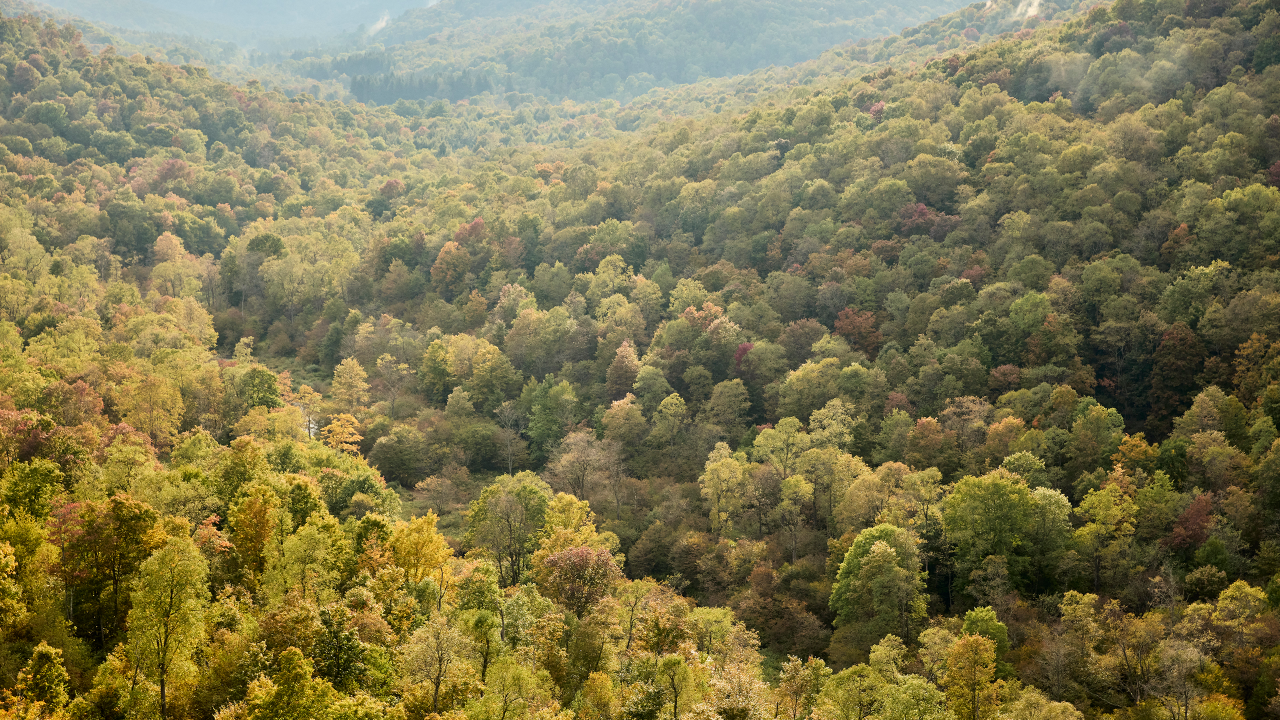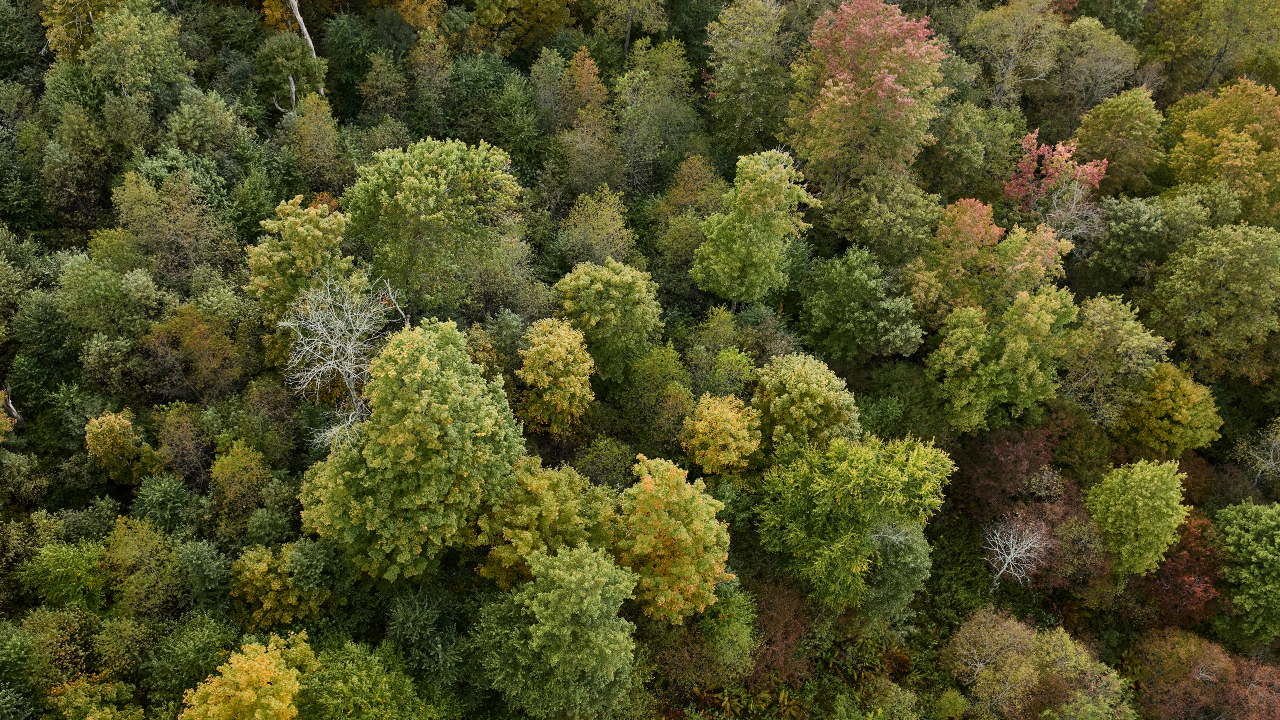Sustainability
While forests are dynamic eco-systems in which species composition will shift over time, regular forest inventories undertaken by the federal government demonstrate that there is rapid growth in the volume of nearly all commercial hardwoods in U.S. forests. This growth is also well distributed throughout the United States.
According to the latest statistical update by the United States Department of Agriculture (USDA):
- Between 1953 and 2017 the volume of U.S. hardwood growing stock increased from 5.2 billion m3 to 12.0 billion m3, a gain of over 130%.
- U.S. hardwood forests are aging and more trees are being allowed to grow to size before being harvested. The volume of hardwood trees with diameters 48cm or greater increased nearly four-fold from 0.73 billion m3 in 1953 to 2.8 billion m3 in 2017. The proportion of hardwood trees in this mature age class increased from 14% in 1953 to 24% in 2017.
- The total area of hardwood and mixed hardwood and softwood forest types in the U.S. increased from 99 million hectares in 1953 to 117 million hectares in 2017, an average of 280,000 hectares per year – that’s equivalent to adding an area the size of a soccer pitch every 90 seconds throughout the entire 64 year period.
OWNERSHIP
The rapid expansion of U.S. hardwood forest owes much to the fact that it is predominantly owned by a large number of private individuals and families whose primary motivation is usually not timber production or economics.
Of the total hardwood harvest in 2016, 89% came from privately owned lands and only 11% from public lands. In the Eastern States, which accounted for 98% of all U.S. hardwood harvested in 2016, there are 9.75 million forest owners, each with an average of 15 hectares. Only 5% of private forest area is owned by corporations and the average size of corporate holdings is only 133 hectares.
According to the National Woodland Owner Survey undertaken every five years by the US Forest Service, the most commonly cited reasons for owning family forests relate to the beauty and privacy the forests provide, along with wildlife and nature protection.
MANAGEMENT
The owners of U.S. hardwood forests usually grow their forests on longer rotations and typically selectively harvest a few trees per hectare, rather than clear-felling. Furthermore, after harvesting, forest owners usually rely on natural regeneration, which is abundant in the deep fertile forest soils of the U.S. In 2017, natural forests accounted for 97% of the area of hardwood and mixed hardwood-softwood forest types in the U.S. and only 3% were plantations. Even in the plantations, no non-native “exotic” or genetically modified species are used.
The Interactive Forest Map provides more detailed information on hardwood forest volume, growth and harvest at state and county level throughout the United States.

